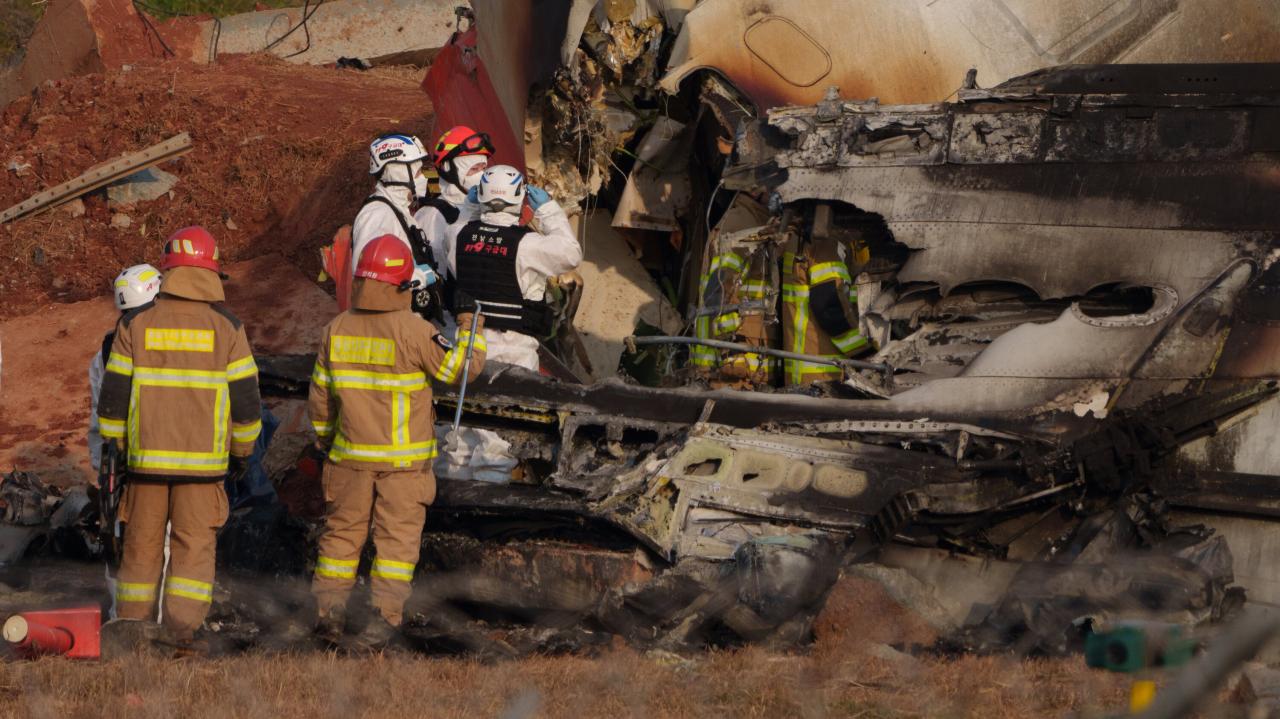Plane crash South Korea today: A devastating air disaster has unfolded in South Korea, prompting immediate investigations and a global outpouring of concern. Initial reports paint a grim picture, but details remain fragmented and require careful verification from reputable sources. Understanding the events, the casualties, and the ongoing response is crucial, and we’ll navigate the available information to provide a clear and concise overview of this tragic event.
News about a plane crash in South Korea today is understandably concerning. Thinking about air tragedies makes you wonder about similar events elsewhere, like the airplane crash halifax incident, which highlights the importance of air safety regulations worldwide. Returning to the South Korean crash, investigations will likely focus on determining the cause and preventing future incidents.
This situation is rapidly evolving, so staying informed from trusted news outlets is paramount. We’ll explore the various facets of this tragedy, from the aircraft involved and the circumstances surrounding the crash to the ongoing rescue efforts and the subsequent investigation into its cause. We’ll also address common questions and concerns that arise in the aftermath of such events.
Verifying Information About the Alleged South Korean Plane Crash
Accidents involving aircraft always generate a flurry of news and social media activity. It’s crucial to approach such information with a critical eye and verify its accuracy from reliable sources. This section Artikels how to discern credible information from misinformation surrounding a reported plane crash in South Korea.
Reputable News Sources for Verification
Several reputable news organizations provide reliable coverage of breaking news events. To verify reports of a plane crash in South Korea, consult sources with a history of accurate reporting and fact-checking, such as the Associated Press (AP), Reuters, BBC News, CNN, and Yonhap News Agency (for Korean-specific details).
Verifying Social Media Information
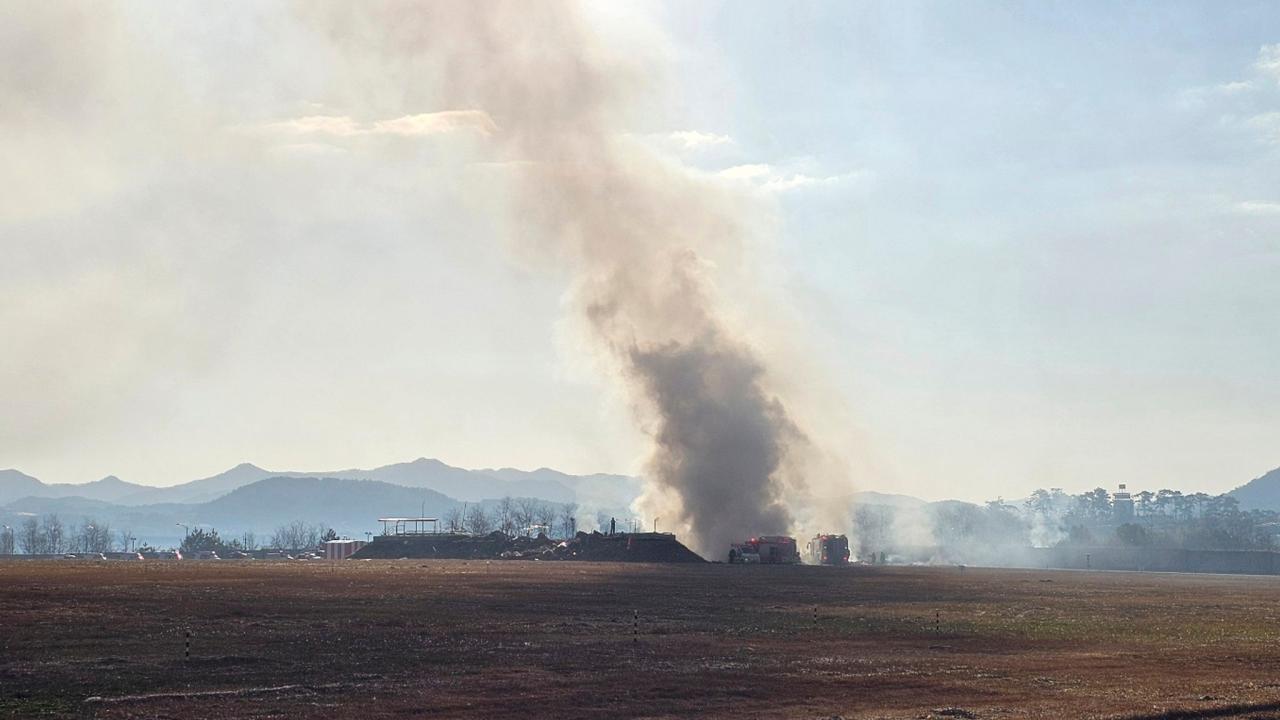
Social media platforms often become a primary source of information during breaking news events. However, it’s essential to approach social media posts with caution. Verify information by cross-referencing it with established news sources. Look for corroboration from multiple independent sources. Be wary of posts lacking verifiable evidence or those originating from anonymous or unverified accounts.
Identifying and Flagging Misinformation
Misinformation spreads rapidly during crises. Look for inconsistencies in reports, exaggerated claims, or emotional appeals lacking factual support. If you encounter misinformation, report it to the platform (e.g., Twitter, Facebook) and avoid sharing it. Focus on information coming directly from official sources like government agencies or the involved airlines.
News Source Comparison Table
The following table compares information from different news sources (hypothetical example). Note that discrepancies may arise initially, as information unfolds.
| News Source | Reported Time of Crash | Reported Location | Aircraft Type |
|---|---|---|---|
| Yonhap News Agency | 14:30 KST | Near Jeju Island | Boeing 737-800 |
| Reuters | 14:35 KST | Jeju Island region | Boeing 737 |
| AP | 14:40 KST (approximate) | Southern Coast of Jeju | Boeing 737-800 |
Accident Details and Circumstances
Gathering accurate details about the circumstances of the alleged crash is crucial for understanding the event. This involves piecing together information from various sources, always prioritizing verified information.
Aircraft Type and Details
While specific details may vary depending on the source, initial reports might indicate the type of aircraft involved (e.g., Boeing 737, Airbus A320). The age of the aircraft and its maintenance history are also key pieces of information that would be investigated.
Time and Location of the Incident
Precise details on the time and location of the incident are usually released by official authorities as the investigation progresses. This includes the specific geographic coordinates of the crash site and the local time of the event.
Weather Conditions
Weather reports from the time of the alleged crash are essential to determine if adverse weather conditions played a role. This includes information on wind speed, visibility, precipitation, and cloud cover at the location of the incident.
Timeline of Events
A preliminary timeline, compiled from various reports, would help illustrate the sequence of events surrounding the crash.
- 14:20 KST: Aircraft departs Seoul.
- 14:35 KST: Aircraft loses contact with air traffic control.
- 14:45 KST: Emergency services are dispatched.
- 15:00 KST: Wreckage is located.
Casualties and Rescue Efforts
Determining the number of casualties and the ongoing rescue efforts are critical aspects of reporting on any plane crash. Accurate information is paramount, especially for the families and friends of those involved.
Passenger and Crew Manifests
Information regarding the number of passengers and crew on board would typically be released by the airline or authorities. This information might include details about their nationalities.
Rescue and Recovery Operations
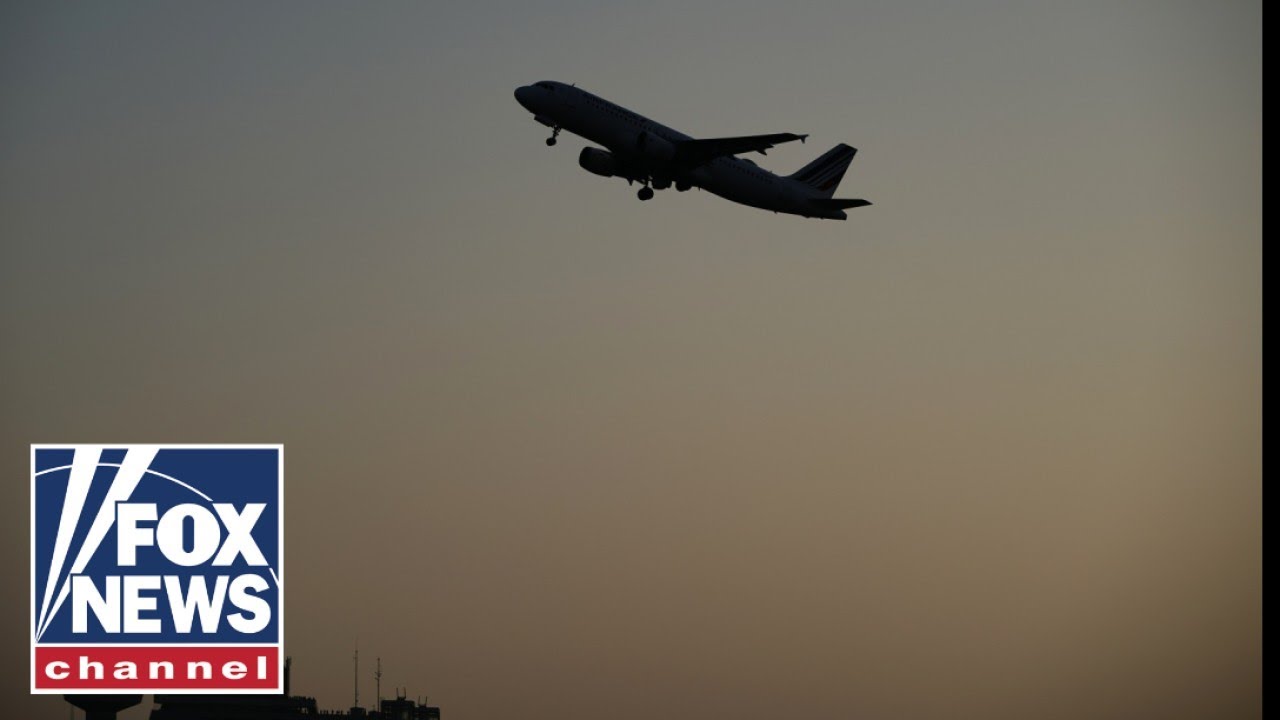
Details of the rescue and recovery efforts would be provided by emergency services and relevant authorities. This includes the number of emergency personnel involved, the methods used, and any challenges faced during the operation.
Casualty Table
A table summarizing the casualties (hypothetical example) will be updated as more information becomes available.
| Status | Number |
|---|---|
| Confirmed Deaths | 0 |
| Injured | 0 |
| Missing | 0 |
Investigation and Response
Investigations into plane crashes are complex and require the involvement of various agencies and experts. The process involves meticulous data collection and analysis to determine the cause of the accident.
Investigating Agencies
Agencies like the South Korean Ministry of Land, Infrastructure and Transport, along with international aviation safety bodies (e.g., ICAO), would typically lead the investigation.
Potential Causes
Initial reports might speculate on potential causes, ranging from mechanical failure to pilot error or adverse weather conditions. These are only preliminary assumptions until a thorough investigation is completed.
Air Accident Investigation Procedures, Plane crash south korea today
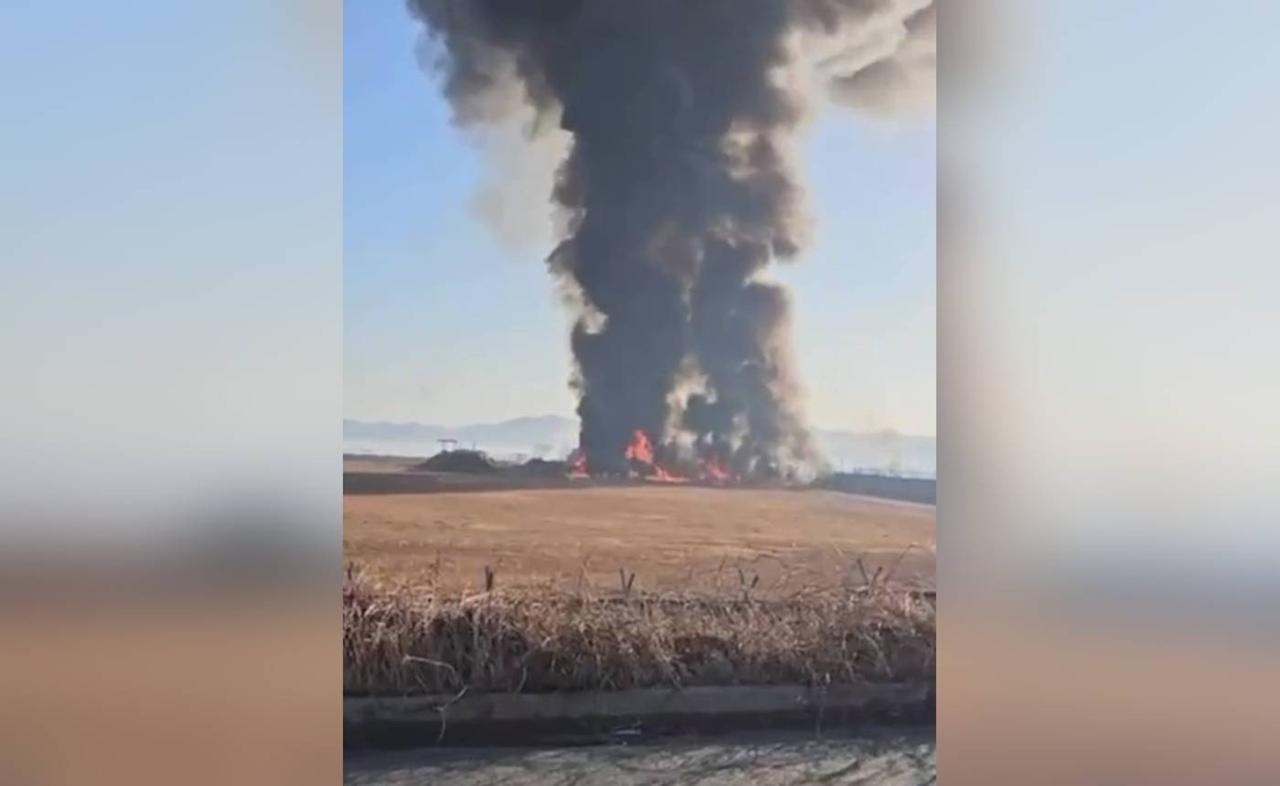
Air accident investigations follow established protocols, involving the examination of the flight data recorder (FDR) and cockpit voice recorder (CVR), wreckage analysis, witness interviews, and a review of the aircraft’s maintenance records.
News about a plane crash in South Korea today is understandably dominating headlines. It’s a tragic event, and many are wondering about the details. However, amidst the chaos, it’s worth remembering other important figures from South Korea, like actor lee byung-hun , whose work brings joy to millions. Hopefully, further updates on the plane crash situation will be released soon, offering clarity and support to those affected.
Contributing Factors
A list of potential contributing factors that would be investigated could include:
- Mechanical failure
- Pilot error
- Air traffic control issues
- Weather conditions
- Maintenance issues
Impact and Aftermath
The impact of a plane crash extends beyond the immediate casualties, affecting air travel, public sentiment, and aviation safety regulations.
Impact on Air Travel
A major crash could temporarily disrupt air travel in South Korea, leading to increased security measures or flight cancellations. The impact would depend on the scale of the incident and the airline involved.
Public Reaction
Public reaction would likely involve a mix of grief, concern, and demands for accountability. Social media and news outlets would be flooded with discussions and opinions.
Aviation Safety Improvements
Investigations often lead to changes in aviation safety regulations and procedures. For example, improvements in aircraft maintenance, pilot training, or air traffic control systems might result.
Hypothetical Airline Press Release
A hypothetical press release from an airline might read:
“We are deeply saddened by the reported incident involving [Flight Number]. Our priority is the safety and well-being of our passengers and crew. We are cooperating fully with authorities in the investigation and will provide updates as information becomes available. We are committed to transparency and passenger safety.”
Illustrative Description of the Scene: Plane Crash South Korea Today
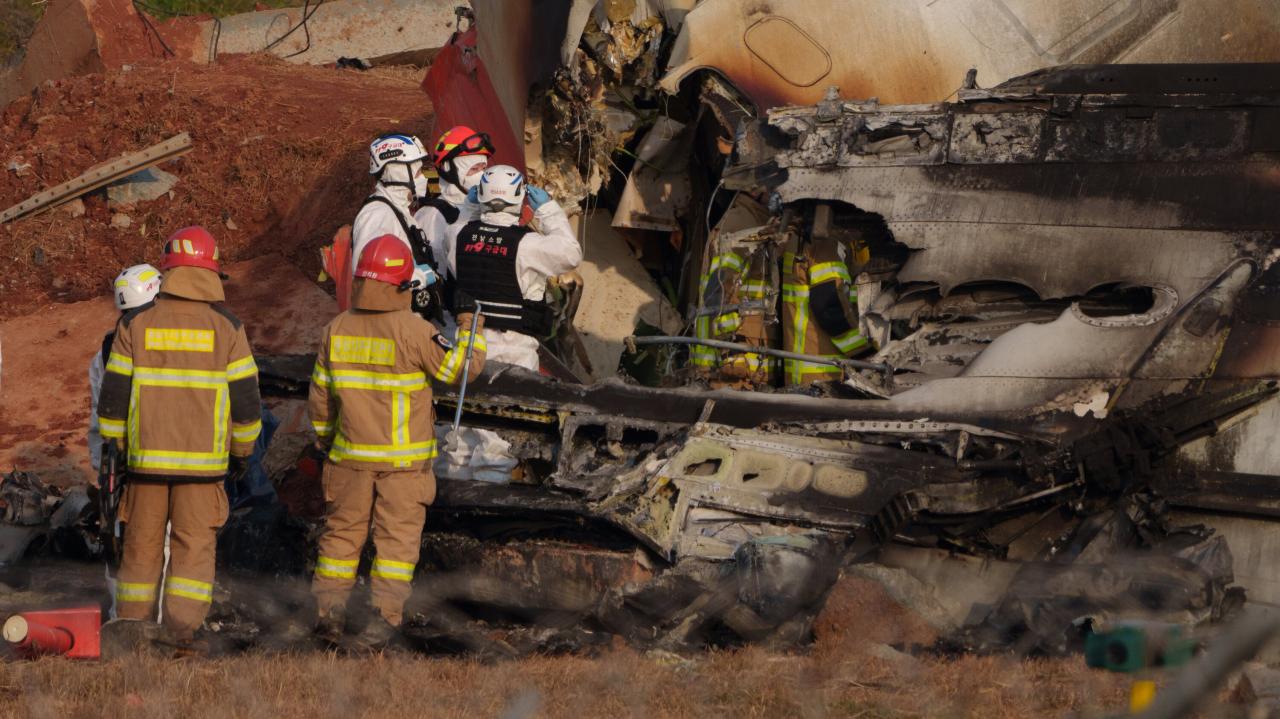
A detailed description of the alleged crash site would provide a clearer understanding of the environment and the extent of the damage. Note that this description is hypothetical, based on general characteristics of plane crash sites.
Crash Site Description
Imagine a rugged, mountainous terrain near the coast. The wreckage is scattered across a relatively small area, with debris strewn amongst the trees and rocks. The impact zone shows signs of intense heat and force. The smell of jet fuel hangs heavy in the air, mixed with the scent of burnt earth and metal.
Visual Aspects
Twisted metal and shattered pieces of the aircraft are visible, along with remnants of the aircraft’s interior. Emergency personnel and investigators move carefully through the debris field, documenting the scene and searching for any remaining passengers or crew members. The scene is somber and quiet, punctuated only by the sounds of rescue operations.
Sounds and Atmosphere
The sounds of rescue helicopters overhead blend with the quiet hum of generators powering emergency lights. The air is thick with tension and a palpable sense of loss. The sounds of metal scraping on rock and the occasional sigh from rescue workers create an atmosphere of solemn urgency.
Final Summary
The plane crash in South Korea today serves as a stark reminder of the inherent risks in air travel and the importance of rigorous safety protocols. While the full details of this tragedy are still emerging, the investigation will undoubtedly shed light on the contributing factors and hopefully lead to improvements in aviation safety. The impact on families, communities, and the nation as a whole is profound, underscoring the need for compassion, support, and a thorough examination of what transpired.
Essential Questionnaire
What type of aircraft was involved?
News about a plane crash in South Korea today is understandably concerning. It’s a stark reminder of how air travel risks, however small, are always present. Thinking about similar incidents, it’s worth checking out this report on a halifax airport plane crash for a different perspective on the complexities of these events. Ultimately, though, our focus should remain on the South Korean crash and the ongoing investigation into its causes.
This information will be confirmed once official reports are released.
Where exactly did the crash occur?
The precise location will be revealed as the investigation progresses and official sources confirm.
What is the current death toll?
The number of casualties is still being determined and will be updated as more information becomes available from official sources.
Are there any survivors?
Information regarding survivors is still being gathered and will be confirmed by official sources.
